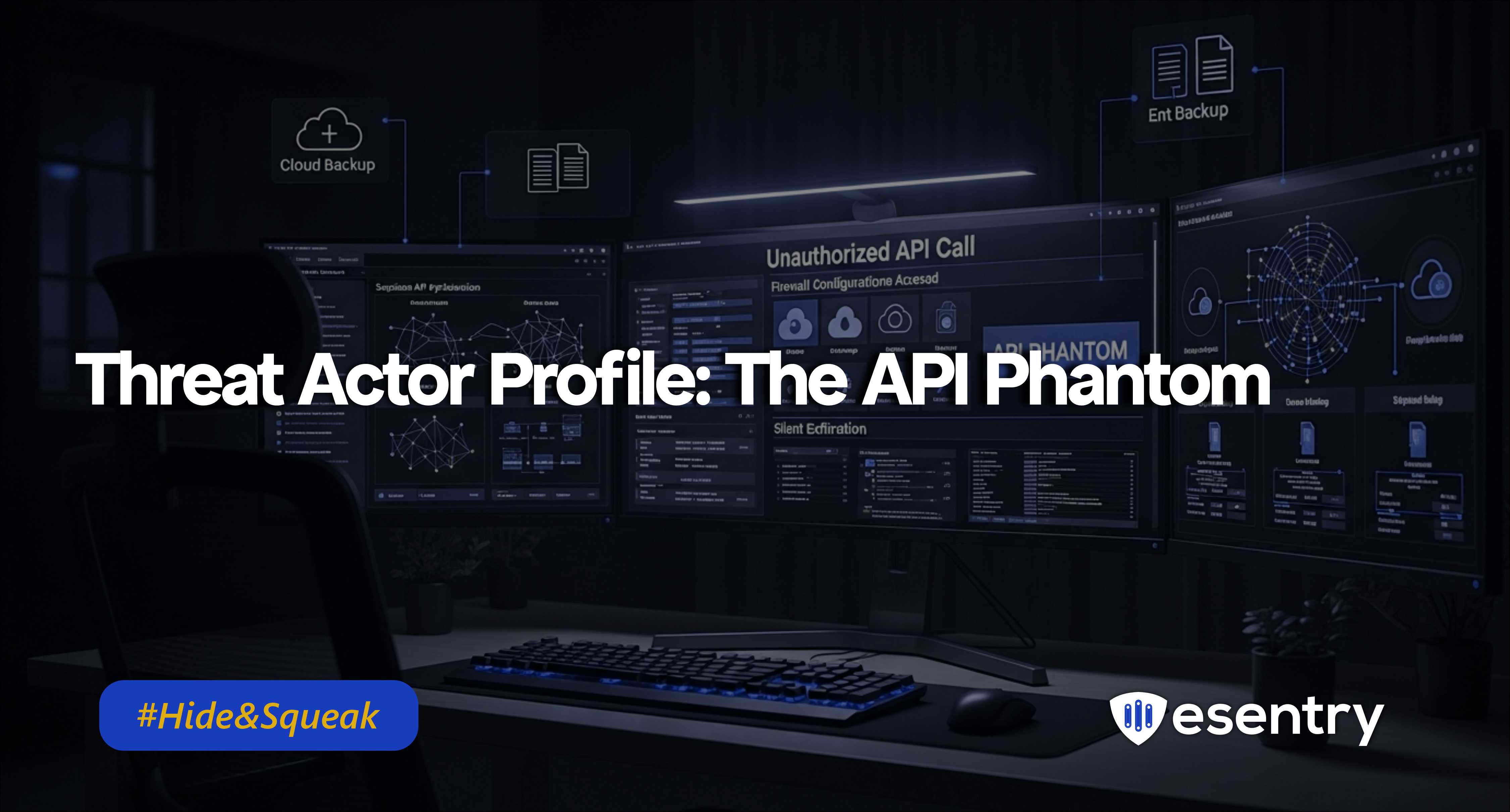A sophisticated state-sponsored actor breached SonicWall's cloud backup service using API exploitation, accessing firewall configurations for all backup service customers. The attacker knew exactly what they wanted, where to find it, and how to stay invisible.
WHO THEY ARE
Sophistication Level: Advanced Persistent Threat (APT)
Target Profile: Network infrastructure manufacturers
Primary Objective: Strategic intelligence gathering
What makes them dangerous: Surgical precision. No ransomware. No noise. No footprint beyond a single API call. This is reconnaissance for future operations.
The Breach:
- Exploited an API call to access SonicWall's cloud backup service
- Exfiltrated firewall configuration backup files for all customers using the service
- Left no evidence of downstream exploitation (yet)
- Remained undetected until post-incident investigation
Firewall configurations are intelligence gold:
- Network topology maps
- Access control policies
- VPN configurations
- Internal IP ranges
- Security rule exceptions
- Encryption settings
In other words: a blueprint for bypassing your defenses.
HOW THEY DID IT
Attack Vector: Unauthorized API call to cloud storage bucket
Sonic Wall hasn't disclosed:
- Which API was exploited
- How authentication was bypassed (exposed key? vulnerability? compromised credentials?)
- Detection timeline (when did this happen?)
What we know:
✓ Attack was "isolated" to specific cloud environment
✓ No impact to products, firmware, or production networks
✓ Mandiant confirmed attack vector was "immediately mitigated"
✓ No evidence (yet) of stolen data being weaponized
LESSONS LEARNED
Lesson 1: APIs Are the New Attack Surface
This continues a disturbing pattern:
- TruffleNet: AWS API abuse for credential testing & fraud
- SesameOp: OpenAI API for C2 communications
- SonicWall: Cloud storage API for mass data exfiltration
APIs are powerful, often under-monitored, and increasingly targeted.
Lesson 2: Cloud Backup Is a Single Point of Failure
One compromised API = every customer's firewall configuration exposed. Centralized backup services create centralized risk.
Lesson 3: Nation-States Play the Long Game
No immediate exploitation suggests pre-positioning for future operations. They're building target packages, mapping networks, and waiting for the right moment.
THE BIGGER PICTURE
This breach highlights a fundamental shift: Supply chain attacks are evolving from compromising software to compromising services.
Attackers know that:
· Vendors aggregate customer data in cloud services
· APIs provide programmatic access at scale
· Detection is harder in vendor-managed environments
· One breach = thousands of potential targets
The SonicWall incident wasn't just about SonicWall, it was about everyone who trusted their cloud backup service.
RED FLAGS TO WATCH
If you're a SonicWall customer (or use any vendor cloud backup):
Unusual API activity from unfamiliar sources
Backup service access from unexpected geolocations
Bulk data downloads from cloud storage
Authentication attempts using old/stale credentials
Changes to firewall configurations you didn't make
Mitigations
· API Authentication: Every API endpoint needs authentication, authorization, and logging
· Least Privilege: API keys should have minimal necessary permissions
· Anomaly Detection: Monitor for unusual bulk access patterns
· Secrets Management: Rotate API keys, don't hardcode them, scan for exposure
· Monitor Your Configs: Alert on unauthorized firewall changes
· Assume Compromise: If you use SonicWall cloud backup, review your firewall rules for anomalies
· Diversify Risk: Consider local encrypted backups as redundancy







.png)
.png)